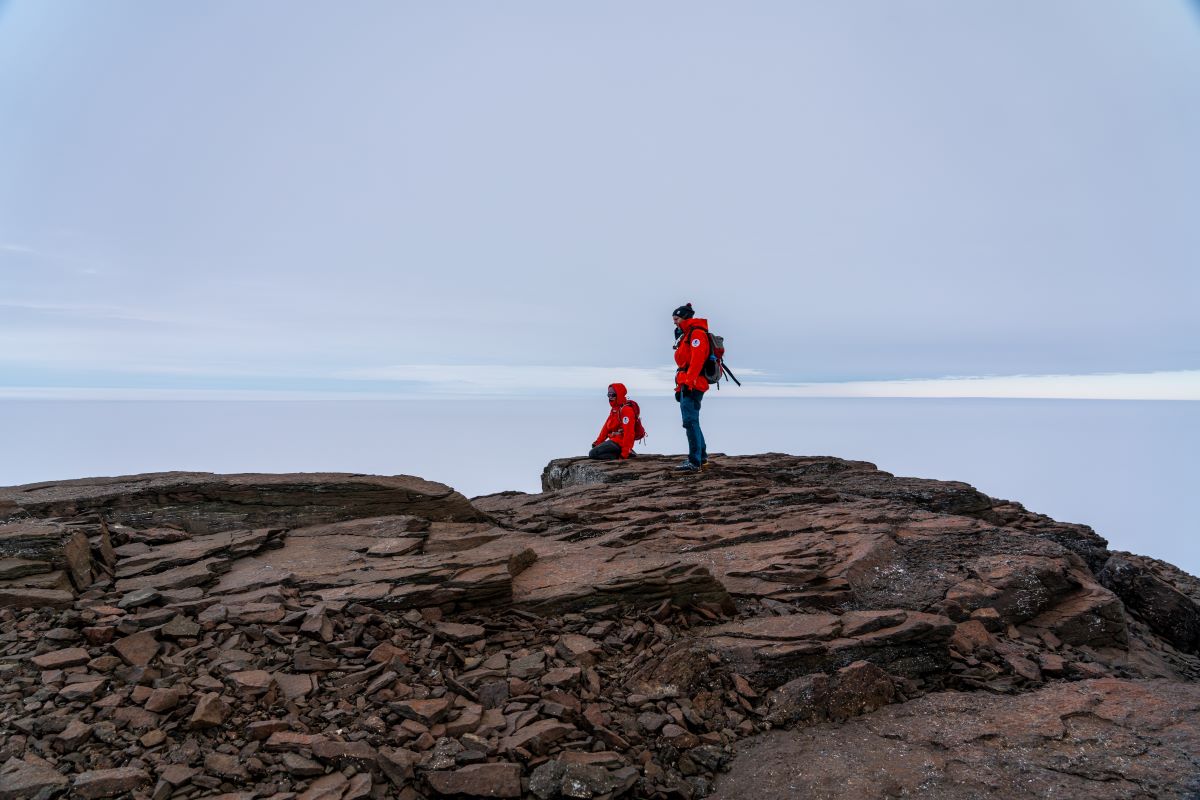Environmental protection

The aim of environmental protection of Antarctica is to reduce the human impact on the continent where natural decomposition doesn't occur due to the cold and dry climate. Human activity can leave indelible marks in Antarctica and destroy its very sensitive nature.
The parties of the Antarctic Treaty composed a Protocol on Environmental Protection in Madrid 1991 that aims at comprehensive protection of the environment in Antarctica and of the ecosystems incorporated. The protocol names Antarctica as a nature reserve dedicated to peace and science. A valuation of environmental effects is demanded from all kind of activities accomplished in Antarctica.
The Protocol of Madrid prohibited all activity relating to mineral resources that is not scientific research in Antarctica for 50 years. Finland signed the protocol year 1996 and the law concerning the protection of Antarctica was enforced in 1998. At the same time acts on punishment based on the Protocol of Madrid were included in the Finnish criminal law.
The Finnish Antarctic Research Program makes an evaluation of the environmental impact of every research project and the whole expedition including logistics and delivers it to the Ministry of Environment. The Ministry only gives a licence to the projects when all the necessary aspects of environmental protection are taken into consideration. The Nordic countries co-operate in the environmental issues concerning Antarctica and the Network of Nordic Antarctic Environmental Officers (NAEON) gathers together every year to manage topical issues. In the international level CEP (Committee of Environmental Protocol) gives the treaty members guidance on applying the Protocol of Environmental Protection. AEON (Antarctic Environmental Officers Network) is a network of the environmental officers of national Antarctic programs whose purpose is to inform about the technical and practical implement of environmental issues.
Action on environmental protection in Antarctica has evolved further from the times when the Finnish research station was built. Nowadays the environmental impacts of research centres are aimed to minimize already during the planning process. All the waste, except household wastewater is brought away from the continent. Thorough logistical planning saves up the environment and economical resources.
The Ministry of Environment has published an environmental guide for the guidance to visitors aiming to travel to Antarctica. Copies of it can be ordered from FINNARP who will give guidance in any questions concerning Antarctica and Antarctic research.
NAEON has compiled a Nordic Antarctic Environmental Handbook including all the necessary documents and guides for the persons participating in the Nordic Antarctic Programs and the participants of expeditions.
